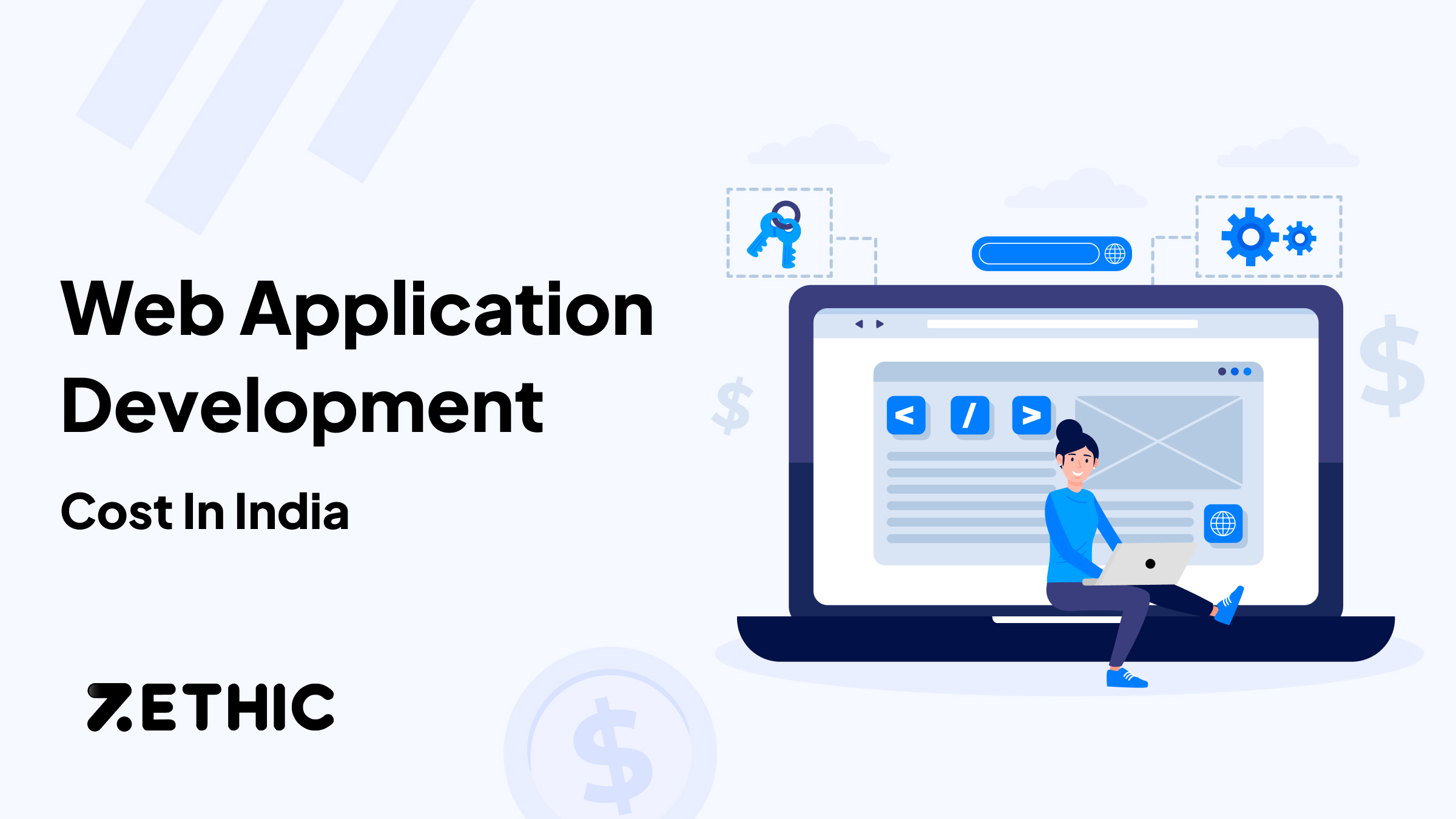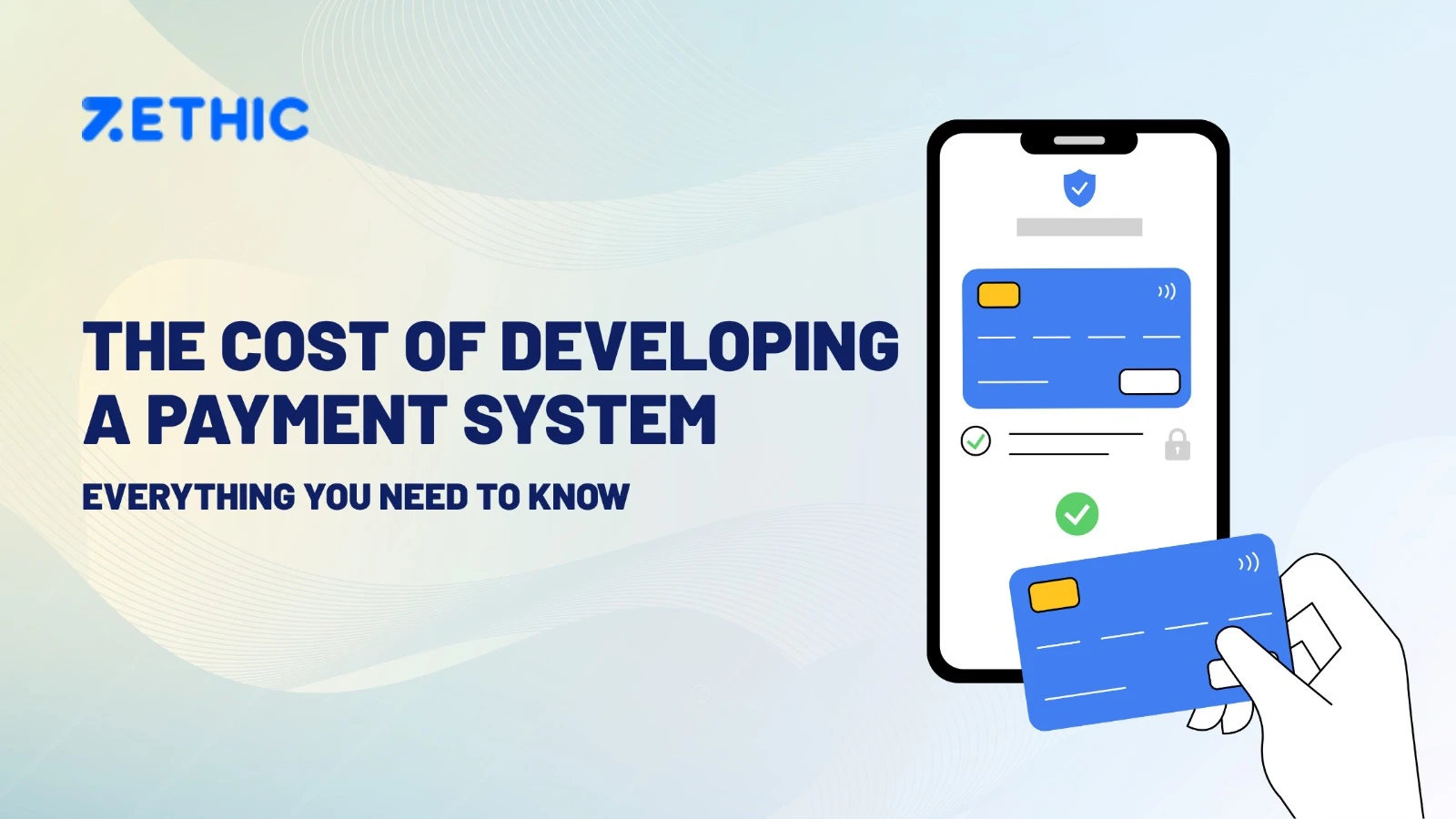Web application development has become essential to business growth and success. Whether you are a startup or an established enterprise, understanding the factors influencing web application cost in India is crucial for effective budget planning and project execution. This comprehensive guide will provide insights into the intricacies of determining web application development costs in India 2024, tailored specifically for businesses seeking innovative digital solutions. We will explore the key elements that impact web application development expenses, provide a breakdown of costs, discuss various pricing models and timelines, estimate costs for different development approaches, showcase real-world case studies and success stories, and offer tips for optimizing web application development costs.
Factors Influencing Web Application Cost in India
Many factors influence web application cost in India. Understanding these factors allows you to make informed decisions and effectively plan your budget. Here are some key elements that impact web application development expenses:
- Complexity of the Web Application: The complexity of the web application is one of the primary factors determining its development costs. A simple web application with basic features will be less expensive to develop compared to a complex web application with advanced functionalities and integrations.
- Features and Functionalities: The number and complexity of features and functionalities you want to incorporate into your web application will impact the development costs. Each additional feature adds to the development time and effort required, increasing expenses.
- Technology Stack: The choice of technology stack also affects the development costs. Some technologies may require more specialized skills or licensing fees, which can add to the overall expenses.
- Scalability Requirements: If you anticipate significant future growth and scalability for your web application, it is essential to consider the scalability requirements during the development process. Building a scalable architecture may require additional investment but can save costs in the long run by accommodating future growth without significant rework.
Breakdown of Web Application Cost in India
It is crucial to break down the various cost components to understand web application cost in india clearly. Here are the key expenses to consider:
- Design: The design phase involves creating your web application’s wireframes, prototypes, and user interfaces. This includes the visual elements, user experience design, and overall aesthetics. Design costs can vary depending on the web application’s complexity and the design team’s expertise.
- Development: The development phase involves coding the web application and implementing the desired features and functionalities. Development costs depend on factors like the complexity of the web application, the technology stack used, and the number of developers involved.
- Testing: Testing is an essential phase to ensure the quality and functionality of the web application. It includes various types of testing, such as functional, performance, and security. Testing costs can vary based on the complexity of the web application and the extent of testing required.
- Deployment: Deployment involves launching the web application and making it accessible to users. This includes server setup, hosting, and domain registration costs.
- Ongoing Maintenance: After the web application is deployed, ongoing maintenance is necessary to ensure its smooth operation, security updates, bug fixes, and feature enhancements. Maintenance costs can vary based on the web application’s complexity and the required level of support.
Exploring Web Application Development Pricing Models and Timelines
Regarding pricing models, web application development companies in India offer various options to suit different business needs. Here are some common pricing models:
- Fixed Price: In the fixed price model, the development company provides a fixed cost for the entire project. This model works best when the project requirements are well-defined and unlikely to change significantly during development.
- Hourly Billing: Hourly billing is a flexible pricing model where the development company charges based on the hours worked. This model is suitable for projects with evolving requirements or when the scope of work is uncertain.
- Monthly Retainers: Some development companies offer monthly retainers, in which you pay a fixed amount monthly for ongoing support and maintenance of the web application.
The project timeline for web application development can vary depending on factors such as the complexity of the web application, the availability of resources, and the timely feedback from the client. Discussing and setting realistic timelines with the development company to ensure smooth development and delivery is important.
Estimating Web Application Development Costs in India 2024
Estimating the costs for web application development can give you a clear picture of the financial investment required. While exact costs can vary depending on your specific project requirements, here is a general breakdown of estimated costs for web app development in India:
- Basic Web Application: A simple web application with basic features can cost anywhere between $3,000 to $10,000.
- Medium Complexity Web Application: A web application with moderate complexity, more features, database integration, and third-party services can cost between $10,000 to $30,000.
- High Complexity Web Application: A highly complex web application with advanced features, user authentication, real-time updates, complex databases, and extensive backend development can cost upwards of $30,000.
- Hourly rates for development teams can vary widely based on location, expertise, and reputation. Rates may range from $25 to $250 per hour or more.
| Type of Web Application | Cost Estimate |
| Basic Web Application Cost | $3,000 – $10,000 |
| Medium Complexity Web Application Cost | $10,000 – $30,000 |
| High Complexity Web Application Cost | $30,000+ |
| Hourly Rates for Development Teams | $25 – $250+ per hour |
It is important to note that these estimated costs may not include additional expenses such as licensing fees, hosting, domain registration, or third-party integrations. Therefore, discussing all cost components in detail with the development company for a more accurate estimate is advisable.
Comparative Analysis of Development Approaches
When it comes to web application development, there are various development approaches to choose from:
- Custom Development: Custom development involves building a web application from scratch, tailored to your specific requirements. This approach offers the highest level of customization but may be more time-consuming and expensive compared to other approaches.
- Template-Based Solutions: Template-based solutions involve using pre-designed templates or themes to develop your web application. This approach can significantly reduce development time and costs but may limit customization options.
- Hybrid Approaches: Hybrid approaches combine elements of custom development and template-based solutions. This approach offers a balance between customization and cost-efficiency by leveraging pre-built components while still allowing for customization based on specific requirements.
Choosing the most cost-effective development approach depends on your business needs, budget, and desired level of customization. It is recommended to discuss these options with the web application development company to find the best fit for your project.
Real-world case studies and success stories can provide insights into the capabilities and expertise of a web application development company. Zethic, as a leading web application development company in India, has successfully delivered high-quality, scalable solutions within budget and timeline constraints. By showcasing their past projects, Zethic demonstrates their ability to meet diverse business needs and deliver innovative digital solutions.
Tips for Web Application Development Cost Optimization
Cost optimization is crucial for effective web application development. Here are some practical strategies and best practices for optimizing web application development costs without compromising on quality, performance, or user experience:
- Define Clear Requirements: Clearly define your project requirements to minimize scope creep and unnecessary development efforts.
- Prioritize Features: Focus on implementing essential features first and consider adding additional features in later phases or iterations to manage development costs effectively.
- Leverage Existing Technologies: Utilize existing technologies, frameworks, and tools to reduce development time and effort.
- Effective Communication: Establish clear and open lines of communication with the development team to ensure a shared understanding of project goals, requirements, and expectations. This helps in avoiding misunderstandings and rework.
- Iterative Development: Consider an iterative development approach to deliver the core functionality of your web application first and then gradually add enhancements and features based on user feedback and business needs.
- Scalability Planning: Plan for scalability from the start to avoid major redevelopment efforts in the future. Design your web application architecture to accommodate future growth and user demand.
- Maintenance and Support: Consider ongoing maintenance and support costs when budgeting for web application development. Regular maintenance and updates are necessary to keep your web application secure, performant, and up-to-date.
By implementing these cost optimization strategies, you can maximize the value of your investment and ensure a successful web application development project.
Ready to Transform Your Business with a Custom Web Application?
Contact Zethic today for a personalized consultation and discover how their expert team can bring your digital vision to life. Whether you are a startup or an established enterprise, Zethic aims to be your trusted partner in web application development. By delivering unparalleled value and innovation tailored to your unique business needs, Zethic strives to exceed your expectations and help you achieve your digital goals.
In Conclusion, this comprehensive guide has provided you with a detailed understanding of web application development costs in India 2024. We explored the factors influencing web application development expenses, broke down the cost components involved, discussed pricing models and timelines, estimated costs, and provided a comparative analysis of different development approaches. Additionally, we showcased real-world case studies and success stories, offered tips for cost optimization, and introduced Zethic as a trusted partner in web application development. Armed with this knowledge, you can make informed decisions and navigate the world of web application development with confidence.







Thank you for your sharing. I am worried that I lack creative ideas. It is your article that makes me full of hope. Thank you. But, I have a question, can you help me? gate anm”alan
Thank you for your sharing. I am worried that I lack creative ideas. It is your article that makes me full of hope. Thank you. But, I have a question, can you help me? binance skapa konto
Very nice post. I just stumbled upon your blog and wanted to say that I’ve really enjoyed browsing your blog posts. In any case I’ll be subscribing to your feed and I hope you write again soon!
I don’t think the title of your article matches the content lol. Just kidding, mainly because I had some doubts after reading the article.
Thank you for your sharing. I am worried that I lack creative ideas. It is your article that makes me full of hope. Thank you. But, I have a question, can you help me?
Your point of view caught my eye and was very interesting. Thanks. I have a question for you.